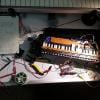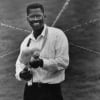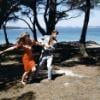IGNORED
Need suggestions for software (a cross between Renosie and SuperCollider?)
- Search posts by...
- Reply to this topic
- Ignore this topic
- Stop ignoring this topic
- Start new topic
-
Recently Browsing 1 Member
-
Similar Content
-
- 3 replies
- 793 views
-





Recommended Posts